CPAL (Cross-Platform Audio Library) is a low-level, pure Rust library designed for audio input and output.
It provides developers with tools to interact with audio devices across multiple platforms, making it a versatile choice for building audio-related applications. Below is an overview of its key features, supported platforms, and usage.
Key Features
- Audio Host and Device Management:
- Enumerate supported audio hosts and available audio devices.
- Retrieve the current default input and output devices.
- Enumerate supported input/output stream formats for devices.
- Stream Handling:
- Build and run PCM (Pulse Code Modulation) input and output streams on chosen devices.
- Specify stream formats to ensure compatibility with devices.
- Cross-Platform Support:
CPAL supports multiple operating systems:
- Linux: Uses ALSA or JACK.
- Windows: WASAPI by default, with optional ASIO support.
- macOS/iOS: CoreAudio.
- Android: Oboe.
- WebAssembly: Emscripten.
Advanced Features
- ASIO Support on Windows:
CPAL enables using ASIO (Audio Stream Input/Output) for low-latency audio processing on Windows. Developers must configure theCPAL_ASIO_DIRenvironment variable to locate the ASIO SDK. - Feature Flags:
Optional backends like JACK (Linux) and ASIO (Windows) can be enabled using feature flags during compilation. - WebAssembly Support:
CPAL supports compiling for WebAssembly, allowing developers to create browser-based audio applications.
To use CPAL, developers initialize a host, select an audio device, and configure an audio stream:
use cpal::traits::{HostTrait, DeviceTrait};
fn main() {
let host = cpal::default_host();
let device = host.default_output_device().expect("No output device available");
let config = device.default_output_config().unwrap();
println!("Using device: {}", device.name().unwrap());
}- On Linux, ALSA development files are required (e.g.,
libasound2-devon Debian/Ubuntu). - For ASIO on Windows, LLVM and Visual Studio are necessary for building bindings.
CPAL is ideal for applications requiring precise control over audio streams, such as music players, audio editors, or real-time audio processing systems. Its low-level design ensures flexibility while maintaining cross-platform consistency.





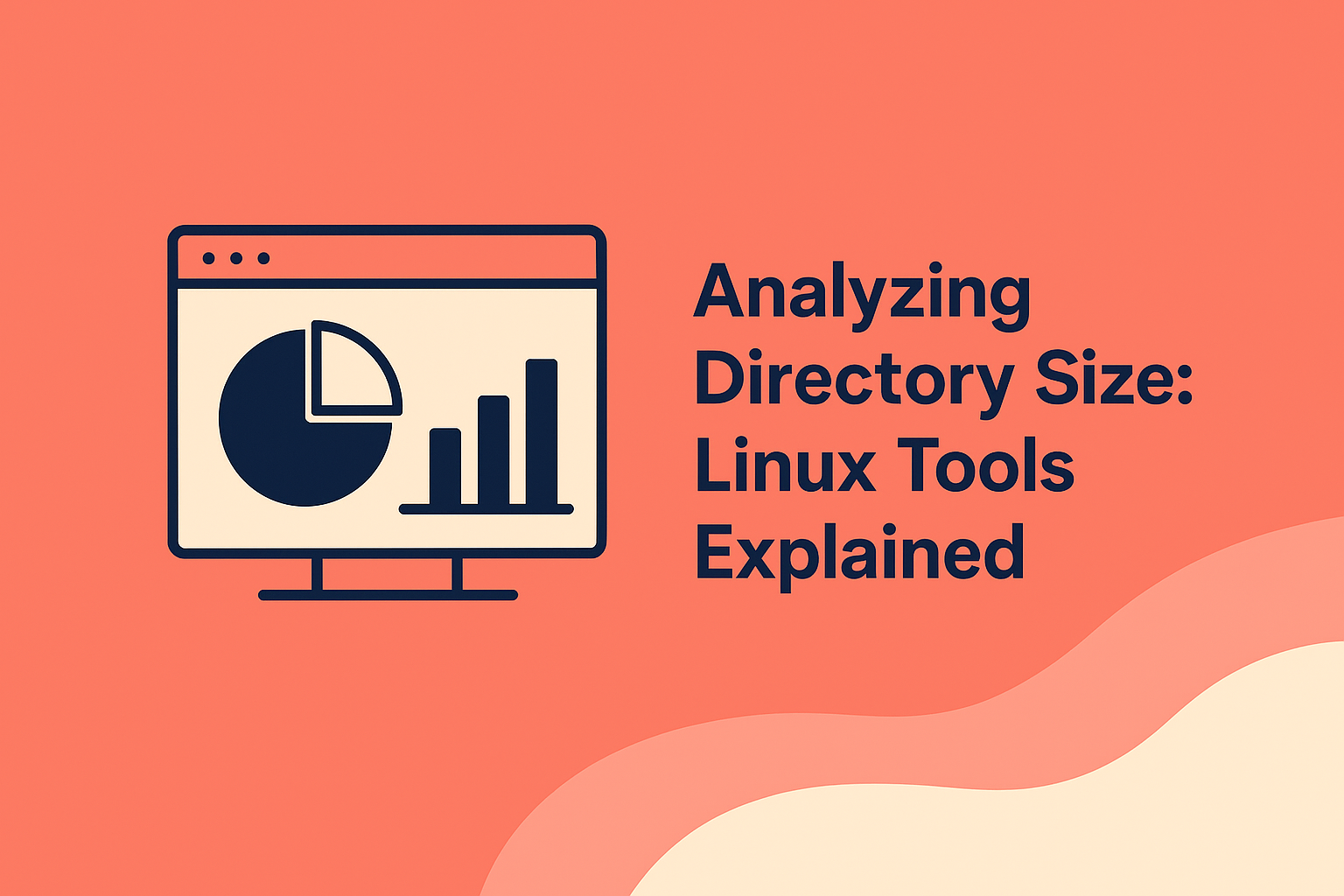

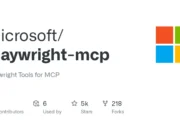
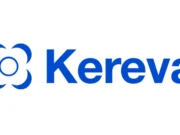
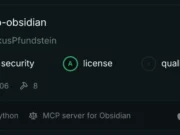
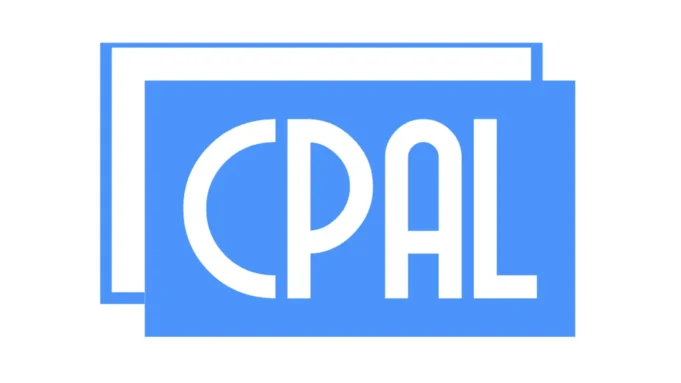
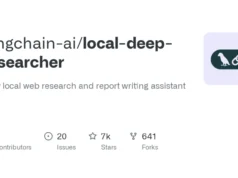

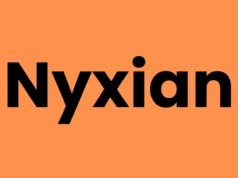



.webp)